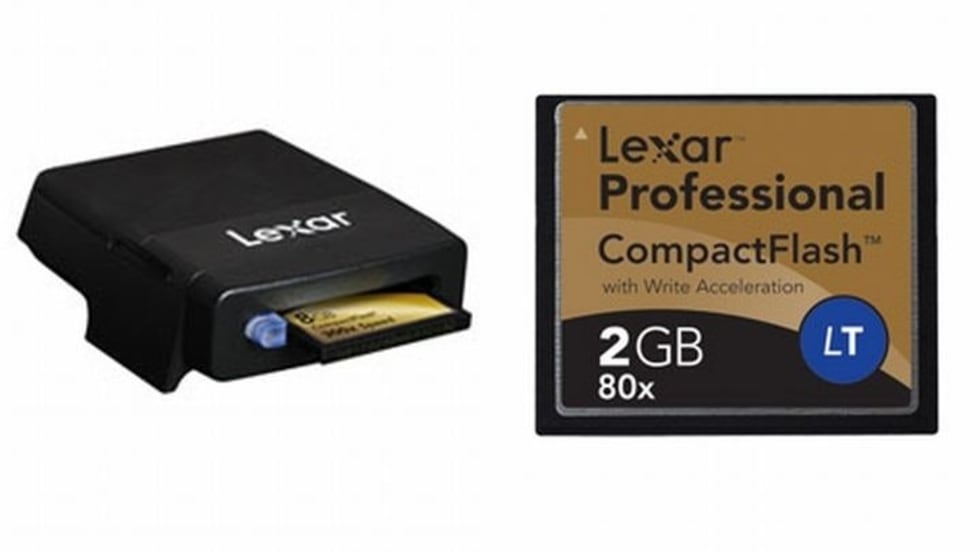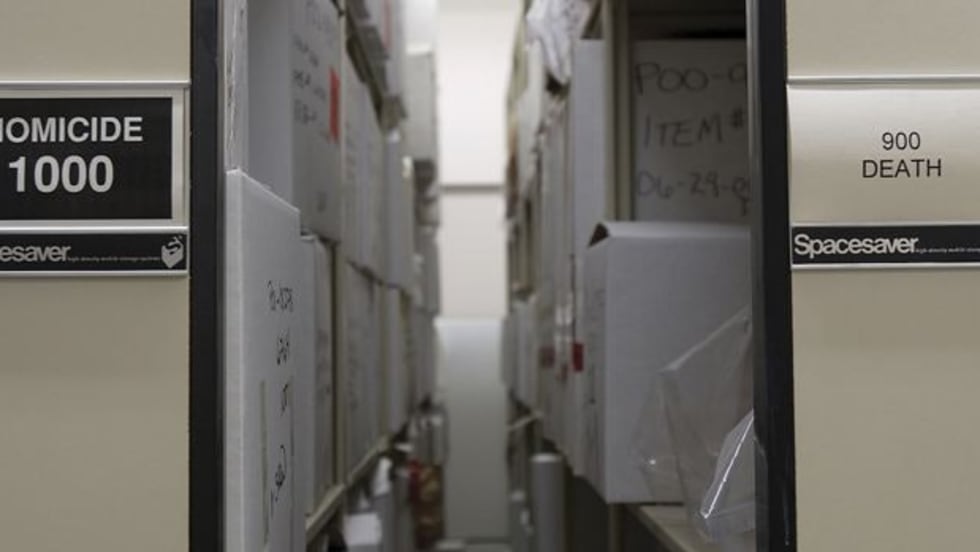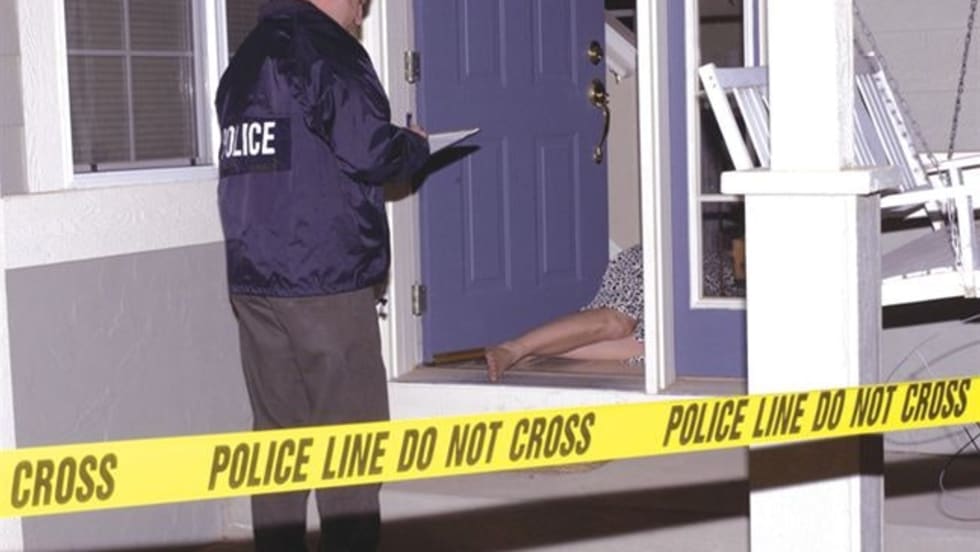
Lexar’s new LockTight security system helps preserve the chain of evidence for digital photography.
Read More →
Every investigation is a process of elimination. When a crime has been committed it is an investigator’s job to narrow the field of possible suspects until he or she can build a case against an individual or a group of individuals.
Read More →
Since the earliest days of trial by jury, detectives have been searching for new ways to help jurors visualize crime scenes. Using new computer and photographic technologies, investigators can create diagrams with complex 3-D surfaces and immersive 360-degree images.
Read More →
When violent crimes are committed in Boulder, they often involve UC students. One such crime was the brutal abduction and gang rape of a young woman that we'll call "Lisa."
Read More →
A few months ago, newspapers around the country covered the arrest of Gerald Mason for a murder that happened when Dwight D. Eisenhower was in the White House. Mason was rousted out of a comfortable life in South Carolina and charged with killing two police officers in the Los Angeles suburb of El Segundo, Calif. In 1957.
Read More →
While all components of crime scene investigation are important, visual documentation stands out as the most effective tool for describing and recreating a crime scene.
Read More →
Technological advances in instrumentation and equipment let law enforcement continually rethink what is possible when collecting forensic evidence. Utilizing new products and technologies often allows more evidence to be located, identified, and collected.
Read More →